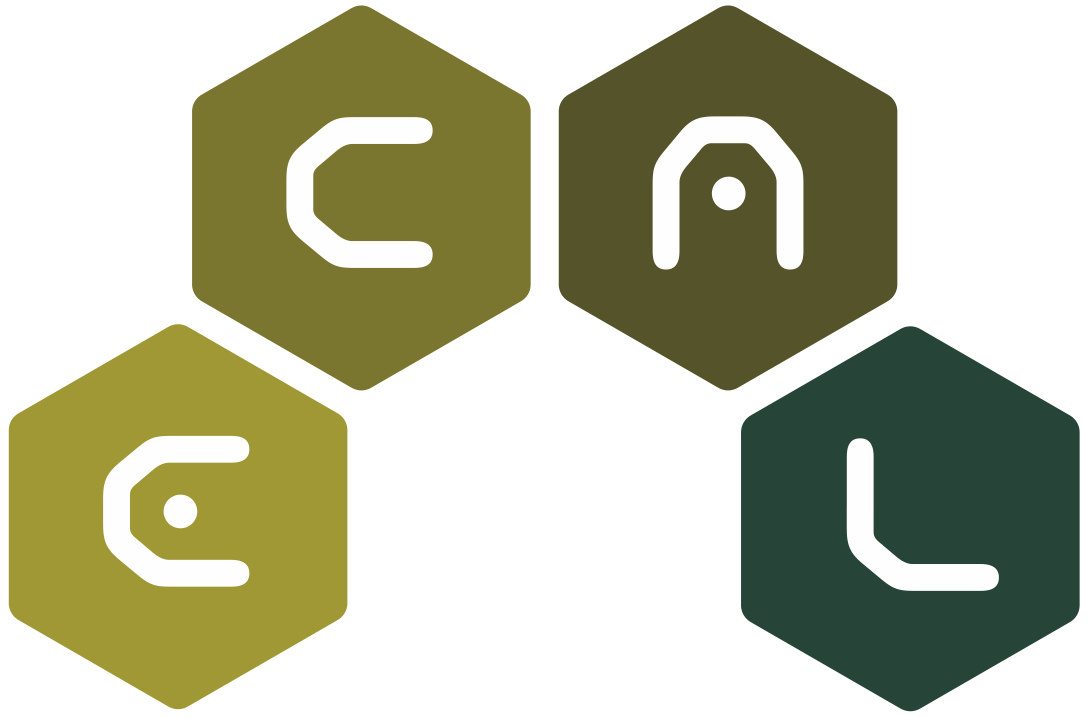ECAL tutorial

Organizers
- Guillaume Beslon
- Carole Knibbe
- David P. Parsons
- Dusan Misevic
Description of the tutorial
Aevol is a digital genetics model in which populations of digital organisms undergo variation and selection, creating a Darwinian dynamics. By modifying the characteristics of selection (e.g. population size, type of environment, environmental variations) or genetic variation (e.g. mutation rates, chromosomal rearrangement rates, horizontal transfer), one can study experimentally the impact of these parameters on the evolved organisms. In particular, since Aevol integrates a realistic model of the genome, it allows for the study of various structural properties of the genome including gene number, syntheny, and proportion of coding sequences. The Aevol simulation platform also includes tools to analyze phylogenies and measure characteristics of the organisms and populations during their evolution.
Because of its non–trivial genotype–phenotype–fitness mapping, Aevol is particularly adapted to the study of second–order selection for genetic robustness, variability, or evolvability. Second–order selection generally refers to the selection for traits that do not provide a direct fitness benefit, or are even costly, but are beneficial in the long run. For example, genetic robustness does not increase the number of offspring that the individual produces, but it does affect the probability that these offspring will be as fit as their parents, leading to a higher chance of success of the whole lineage (survival of the flattest).
Developed in Lyon and Paris since 2005 (see below the reference list), Aevol is now a mature and stable platform that can be used by other teams to tackle their own questions. In this tutorial we will provide potential users of the software with all the necessary information to test the software, as well as design and start their own experiments. In the first part of the tutorial, we will present the structure of the software and the artificial chemistry used to compute a phenotype from a genotype. We will also insist on the «in silico experimental evolution» methodology and on the similarities with in vivo experimental evolution. The second part of the workshop will be a mini–lab during which the participants will have a chance to run either some classical evolutionary experiments or new ones of their own design. Finally, we will present the general overview of Aevol code structure in order to help more advanced users to develop extensions of the initial model.

Background image - Young Tree, 1932, Paul Klee